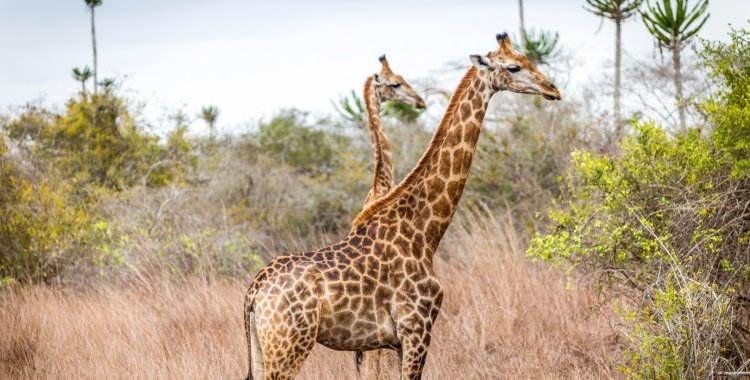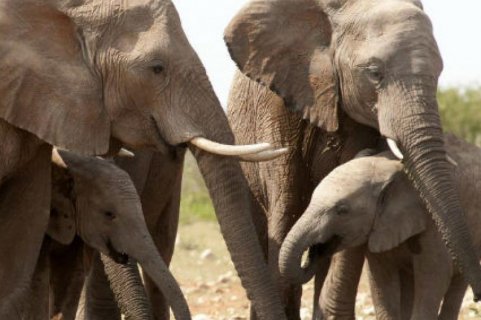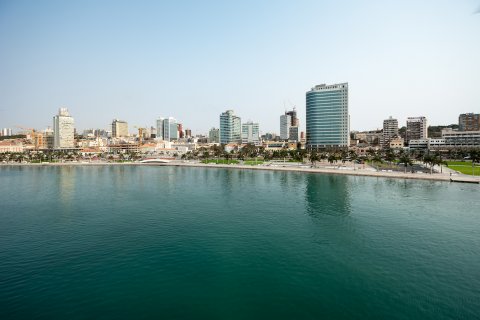With the main protected area of Angola, the National Park and the Quiçama Game Reserve as a case study, the investigation comprehensively analyzes the impact of civil wars on wildlife in countries affected by conflicts in Africa.
Researchers from the University of East Anglia (United Kingdom), Federal University of Paraíba (Brazil) and University of Agostinho Neto (Angola) studied 26 species in the National Park and the Quiçama Game Reserve, concluding that the number of wild mammals in 20 of these species it was reduced by 77 percent during the period of the civil war (1975-2002).
This reduction was particularly significant in large species, such as elephants, and more in the savannah than in the forest.
"This decline was not reversed until the end of the post-war period (2002-2017)", points out the investigation.
The country is home to at least 275 species of mammals, many of them historically hunted by local communities before, during and after the 27 years of the civil war.
The study also concludes that the main impacts of civil wars on mammals are often indirect, resulting more from institutional and socioeconomic changes than from military actions.
"Increased access to automatic weapons and the suspension of anti-poaching patrols were the main causes of the collapse of the wildlife population, while the installation of military bases within conservation areas, the intensive hunting of large mammals and new refugee and displaced settlements also had a strong impact on species, "he adds.
The research indicates that civil wars in countries with weak governance can have positive and negative impacts on fauna, depending on the space and time of their duration, but points out that the "general trend is negative".
"Countries are struggling, even in times of peace, to protect their wildlife resources, regardless of the colossal adverse consequences of the collapse of law and order caused by a civil war. However, there are no adequate international mechanisms to deploy forces of peace to maintain the 'status quo' of vulnerable wildlife populations in troubled regions of the world, "said Carlos Peres, of the School of Environmental Sciences at the University of East Anglia.
For her part, Franciany Braga-Pereira, a doctoral student in Zoology at the Federal University of Paraíba, who led the study, emphasized the "intentional or inadvertent complicity of foreign powers" in the harmful environmental impacts of armed conflicts.
"Currently, 36 countries around the world are experiencing civil wars and most of these conflicts are either fueled or financed by international interests or started after outside intervention," he said.
The study's authors caution that even during post-war peacetime, wild mammal populations will not be able to recover as long as the rural population remains armed and wildlife management regulations cannot be enforced.
For this reason, they call for the approval of "robust international policies" that can prevent the consequences of the war, warning that the restoration of populations of wild animals "can take many decades and require active intervention".
The investigation includes interviews with local hunters, who revealed that large mammals such as red buffalo, black sable or red sable were preferred hunters' targets and had been hunted intensively during the war.
With the progressive depletion of these populations, the interest of hunters has shifted to smaller species such as the wild pig or small antelopes.
The study's authors consider that the civil war can be "a double-edged sword", by causing the decline in extractive industries, such as oil, mining and agribusiness, which can benefit wildlife.
On the other hand, demilitarized and landmine zones seriously discourage human settlements and hunters, creating potential wildlife refuges and areas for prohibited hunting and capture.







